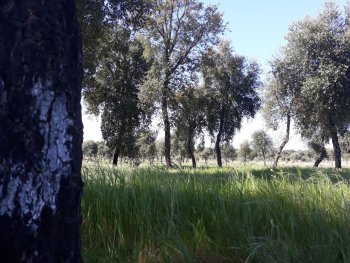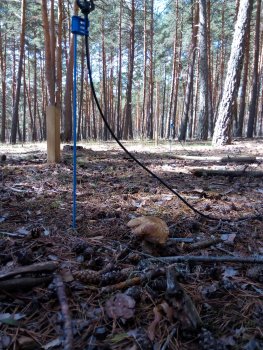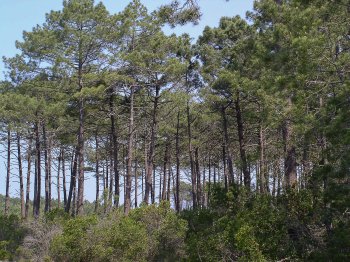The aim of the EVAFORA study is to simulate the behaviour of Pinus pinaster stands in the face of climate change by 2100 by analysing wood volume production and carbon stock data. Climatic variables (temperature increase, precipitation decrease,...) as well as the effects of silvicultural operations are integrated thanks to the GO + model. In the long term, will maritime pine remain the species best adapted to the new climatic conditions in the Landes de Gascogne massif? What silvicultural management will ensure greater stand resilience to climate change?



